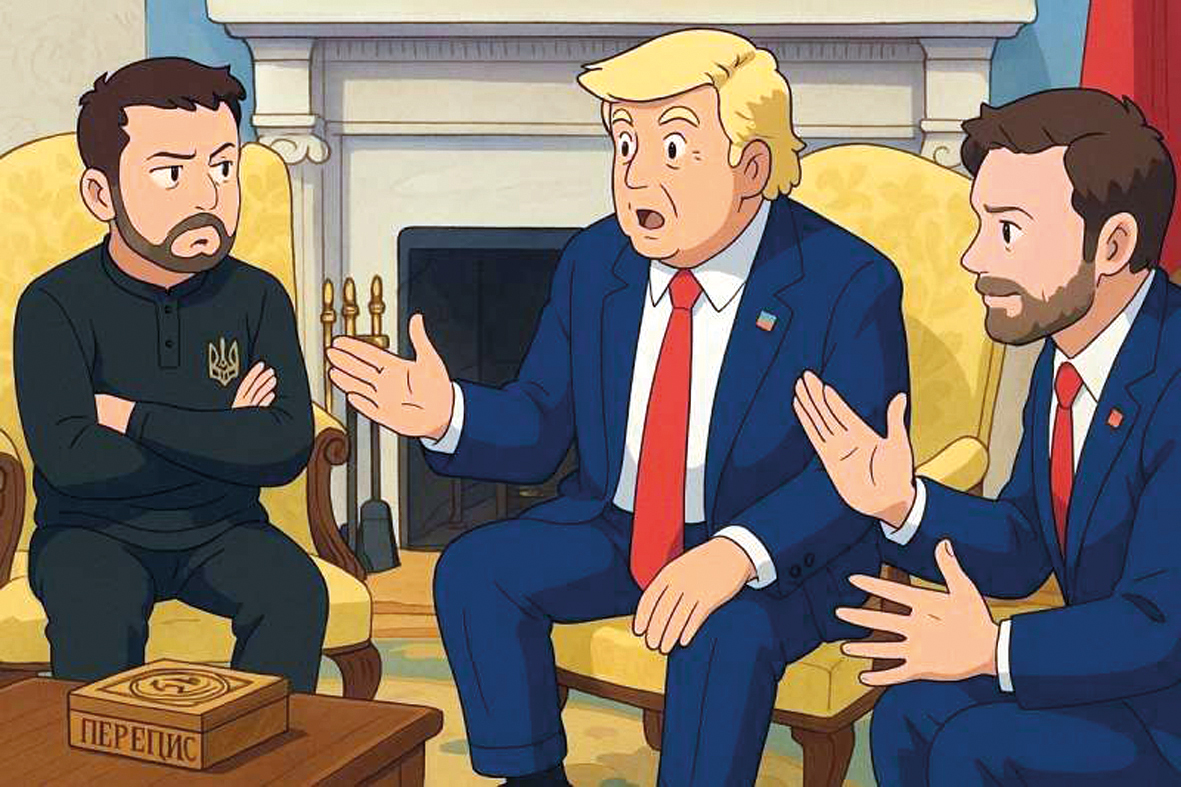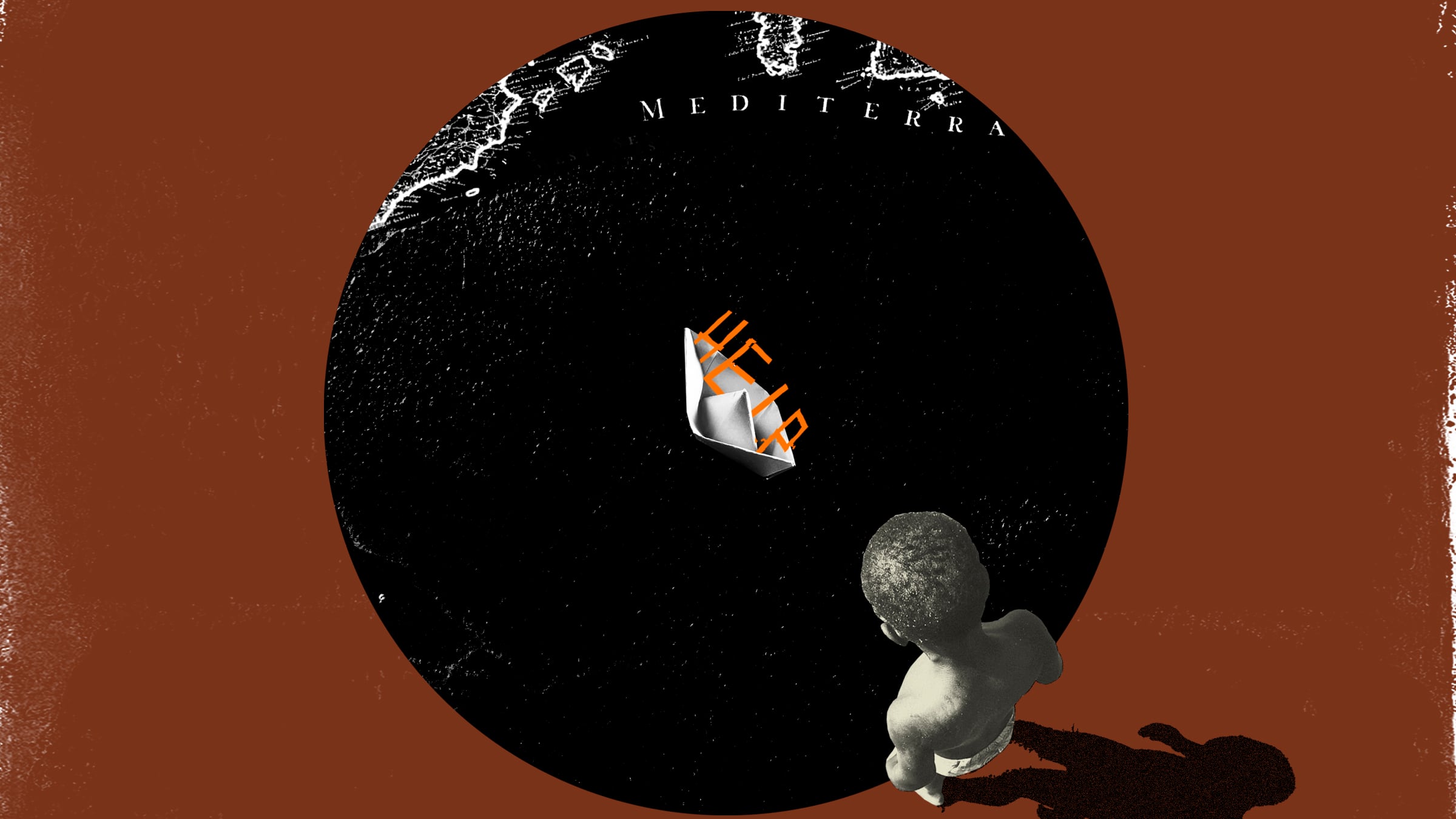The viral images of the GPT chat. A joke that rekindled serious debates

The new ChatgPT update brings the possibility of turning any image into the style of Studio Ghibli in seconds. From the common mortal to the White House, there were many who did not want to be left out of the new Trend. But there is talk of copyright or even privacy security problems. The light was to realize the risks.
Impossible to have social networks and have not yet realized the new viral images that are within the reach of anyone. Just use the GPT chat and ask you that artificial intelligence create images of people or memes following the style of Japanese animations made by Studio Ghibli. Everything else is very simple: access the most advanced chatgpt model, select the option to generate image and send a text command to ask Chatbot to generate a drawing about a particular person or subject. And it is also possible to send a real photo and ask artificial intelligence to turn it into animation. This is the new functionality, entitled GPT-4O.
Quickly social networks were flooded by these images. Influencers, famous, actors, soccer players and even politicians joined the fashion. In a short time, all this became viral.
Here, the highlight goes to Pedro Nuno Santos, leader of the PS. « Animation? I don’t miss it, ”he wrote, with a Ghibli -style design. And the Liberal Initiative Party took advantage of the wave. With drawings from politicians such as António Costa or Pedro Nuno Santos, he wrote: « There is no doubt that PS governments are always great animations. »
Still within politics but beyond borders, the US White House entered the game to talk about immigration, for example.
ChatgPT manufacturer OpenAi has encouraged users to follow this trend. Even your executive director, Sam Altman, changed the photo of his profile on platform X with a Ghibli style portrait. The fever was such that ChatgPT was able to attract more than one million users in just one hour.
Copyright problems?
The use of these images is causing some controversy, taking into account their resemblance to the Japanese animated studio movies Studio Ghibli, behind works such as Chihiro’s trip, walking castle or my neighbor Totoro. Co -founder of Studio Ghibli, Japanese Hayao Miyazaki has been very critical of the use of artificial intelligence in the cartoon and now sees his drawing style to be shared through the world in seconds. «I would never have the idea of integrating this technology into my work. Honestly, I think it’s an insult to life itself, ”he even said in a Japanese public television documentary.
And now it is said that this use of your style can bring copyright problems. But is it anyway? In Luz, Lídia Neves, of Counsel responsible for the area of intellectual ownership of Antas da Cunha Ecija, gives an interesting detail: “Asked the chatgPT if there is a violation of copyright by the use of images, for the style of Studio Ghibli, this one responds: ‘It depends on several factors. The visual style of Studio Ghibli is characteristic, but an artistic style alone is not protected by author’s right. What is protected are specific works, characters, scenarios and elements directly created by the studio ‘».
And shoot, « Well, if he ‘defended’ the chatgpt is because the answer is correct, » adding that « the law protects intellectual creations in the way they are externalized, considering them protective works. » However, Lídia Neves said, « Protection falls on the work itself and not about the artistic style. » Thus, « the characteristic graphic of Studio Ghibli, however recognizable, is not protected by author’s right as a concept, but the specific works created within this style. »
In this sense, the lawyer also says « the use of artificial intelligence to generate images inspired by the Studio Ghibli style does not configure, at the outset, a violation of copyright. »
But it warns that the issue becomes more complex if the generated image resembles a specific scene or character created by the studio. «In this situation, there is the possibility of arguing in the sense that there is imitation. However, if only the style is evoked without direct reproduction, the use may be considered legitimate.
Lídia Neves states that this is a debate that extends to various areas of art and design, “where the use of AI has raised questions about originality and authorship. In addition to the legal implications, there is also an ethical problem: by allowing AI to reproduce artistic styles, part of the need for the work of illustrators, animators and artists who dedicate years to the improvement of their art, adding that many studios and creators ‘have expressed opposition to the use of AI to replicate unauthorized styles, arguing that this devalues the human creative process’. And warns that the issue is not exhausted here. «The rise of AI in artistic creation raises challenges that the legislation does not yet follow. The balance between technological innovation and the protection of artists’ rights is an open debate that will surely lead to future legal adaptations to respond to the new trends of the digital age.
Claudia Tomás Pedro, a lawyer for industrial and intellectual property of Gómez-Acacebo & Pombo, adds to the light that the viral images that come from the use of chatgpt « to get images that adopt a style of Studio Ghibli through the use of prompts raise questions in author laws that have already been raised on other occasions and that continue in the order of the day » Works such as Input for Artificial Intelligence Training and the legitimacy of the use of such third party works and as well as the output ‘. The lawyer also says that it is important to « always discuss whether Studio Ghibli would have a legal basis for opposing, under the applicable legal rules, including protection rules and legally provided for » exceptions and limitations. «
And security?
Given that artificial intelligence is used for this genre of applications, the security of those who use, especially at the level of data protection. In light, Luís Lobo e Silva, from Focus2Comply, says that the use of this genre of applications is « more or less the same as when we publish photographs on social networks », since « in terms of data security or precautions to have, is nothing that no longer exists with the publication of our images on social networks. » «From the moment we publish a photograph, even if it is created by artificial intelligence but we are publishing, the rule similar to data protection that is consent applies. If it is, of course, an image that the person has not given permission, then, but it is no longer a security matter itself, ”he explains.
However, it seems that OpenAI may be using this data to improve your model. « There, obviously there may be a use that goes beyond what is supposed to be a functionality to play or create avatars, » says Luís Lobo e Silva, which argues, however, that « from the point of view of data security, the only thing that the person has to be able, similar to the use of any other service, is the data type that introduces this tool or in the application that is related to sensitive data from that person. »








